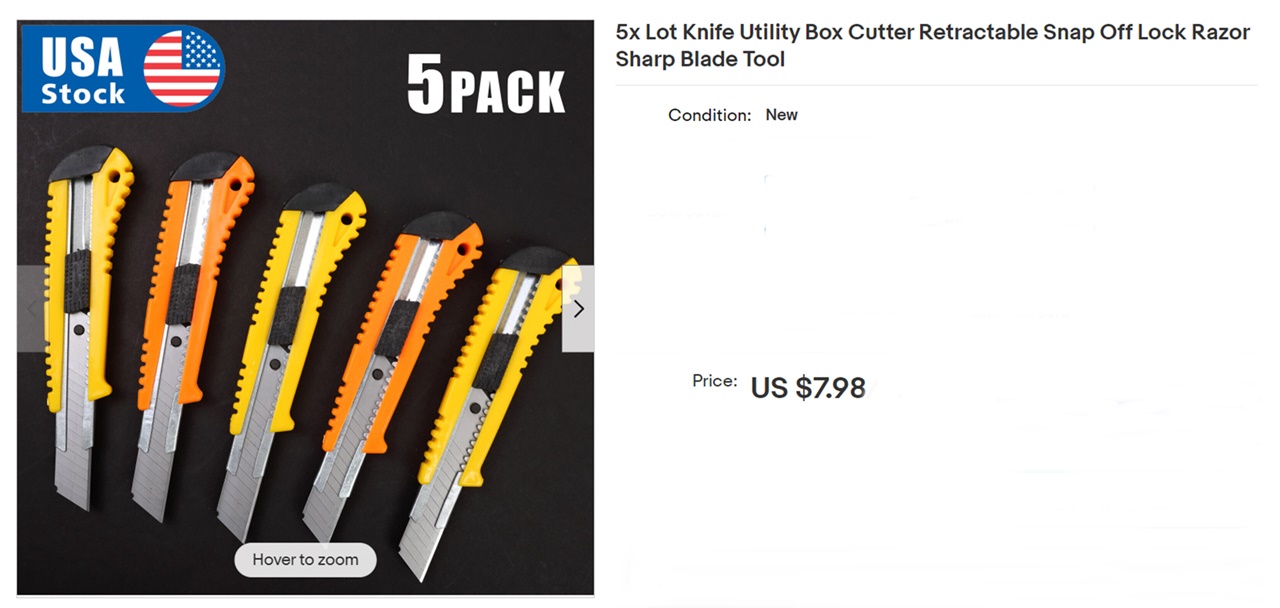- Joined
- May 23, 2022
- Messages
- 18
I have maybe a bit a stupid question here.
So Knife Steels are measured in 3 dimensions
Corrosion Resistance
Edge Retention
Toughness
Now from Larry's book I learnt that edge angle has an over 50 times higher impact on edge retention than any other factor.
Now looking at online resources it seems that the lower the carbide content in a knife steel the slimmer the edge angle can be.
So practically speaking shouldnt we compare edge retention of knife steels using different edge angles - at a similar "toughness" levels. Meaning if I take a CPM-3V with 0.8% carbides I can probably run a much smaller angle than with a CPM-S9V with 2.3% carbides. So from a practical point of view what is the most narrow edge angle I can chose with CPM-3V to get similar edge strength/toughness as with CPM-S9V, and what is the resulting edge retention of those two steels with toughness standardized. My guess would be that a CPM-3V with a bit more narrow angle should by far outperform the S9V on edge retention.
3V has a much lower edge retention when using same edge angle than S90V. But adjusting the edge angle I think this might change, no:
I think in the chase for maximum edge retention going for a more narrow angle with tougher steels shouldnt that be more beneficial?
Or am I getting something wrong in this train of thoughts?
So Knife Steels are measured in 3 dimensions
Corrosion Resistance
Edge Retention
Toughness
Now from Larry's book I learnt that edge angle has an over 50 times higher impact on edge retention than any other factor.
Now looking at online resources it seems that the lower the carbide content in a knife steel the slimmer the edge angle can be.
So practically speaking shouldnt we compare edge retention of knife steels using different edge angles - at a similar "toughness" levels. Meaning if I take a CPM-3V with 0.8% carbides I can probably run a much smaller angle than with a CPM-S9V with 2.3% carbides. So from a practical point of view what is the most narrow edge angle I can chose with CPM-3V to get similar edge strength/toughness as with CPM-S9V, and what is the resulting edge retention of those two steels with toughness standardized. My guess would be that a CPM-3V with a bit more narrow angle should by far outperform the S9V on edge retention.
3V has a much lower edge retention when using same edge angle than S90V. But adjusting the edge angle I think this might change, no:
I think in the chase for maximum edge retention going for a more narrow angle with tougher steels shouldnt that be more beneficial?
Or am I getting something wrong in this train of thoughts?

